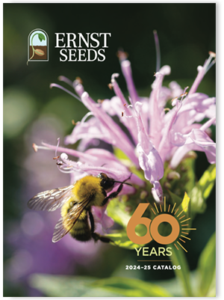Bioengineering Materials
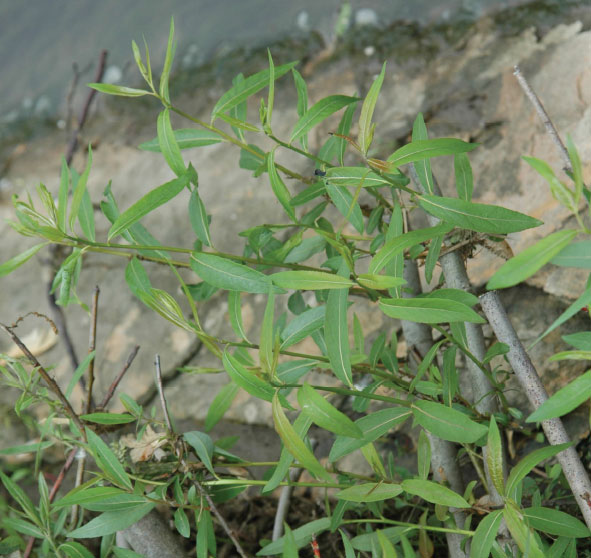
Read Full Document Soil bioengineering is the term for using plant material to arrest and prevent slope and streambank failure and erosion. The roots and stems serve as structural and mechanical elements in a slope protection system. Live cuttings and rooted plants are embedded in the ground in various arrays to serve as soil reinforcements, […]
Disturbed Sites & Steep Slopes Planting Guide
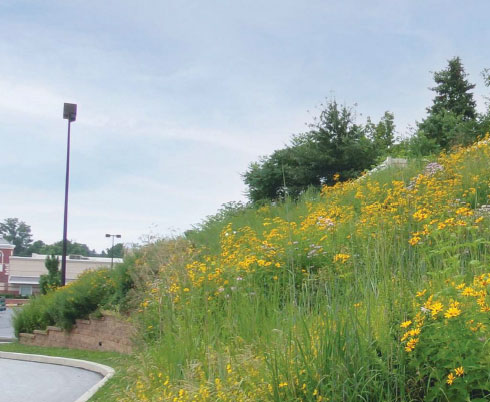
Read Full Document Disturbed sites & steep slopes have various soil types and conditions typically distinguished by lower quality soils and a predisposition to runoff and erosion. Examples: Landfills, surface mines, road cuts, or construction sites. A steep slope and retaining wall utilizing ERNMX-181 Native Steep Slope Mix with Annual Ryegrass at the Millcreek Mall […]
Expectations of Native Species
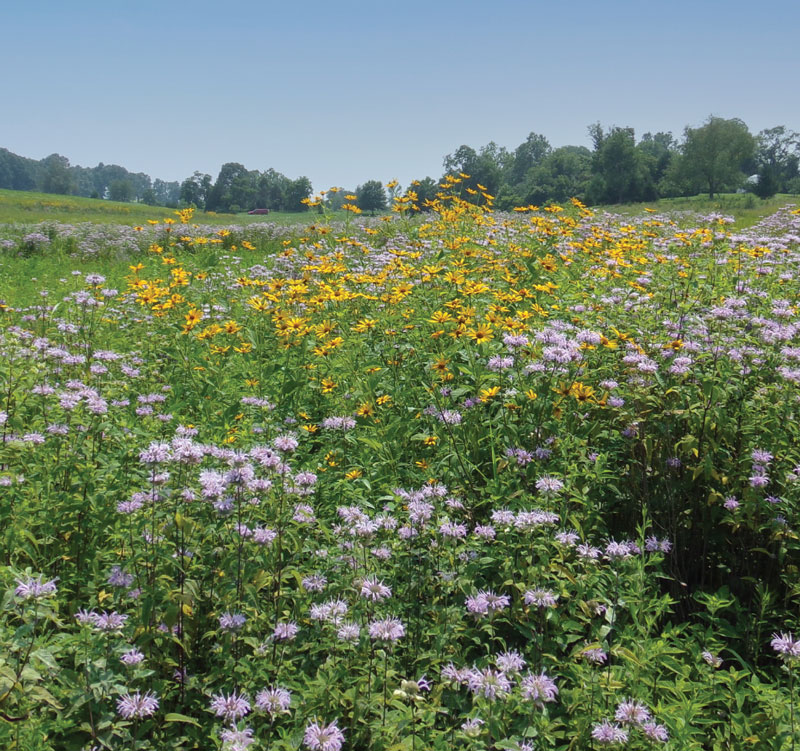
Read Full Document Germination and Growth All the following assume adequate light, adequate soil temperature, appropriate moisture, and good seed-to-soil contact. In general, annual species have less seed dormancy than biennials and biennials have less than perennials. Seed dormancy is nature’s hedge against unfavorable conditions during a plant’s life cycle. Unfavorable conditions can be, but […]
Fall Vs Spring Seeding
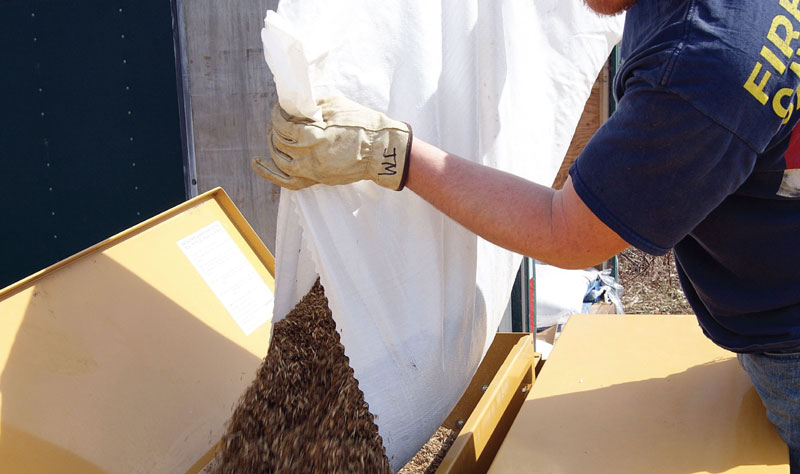
Read Full Document Loading one of the seed hoppers on a Truax no-till drill during spring planting. Traditionally, seeding is thought of as a spring activity, but it can also occur during the dormant season. Fall seeding works well for restoration projects completed in the summer. While there are some noteworthy advantages to fall seeding, […]
Milkweed Seed Germination Protocol
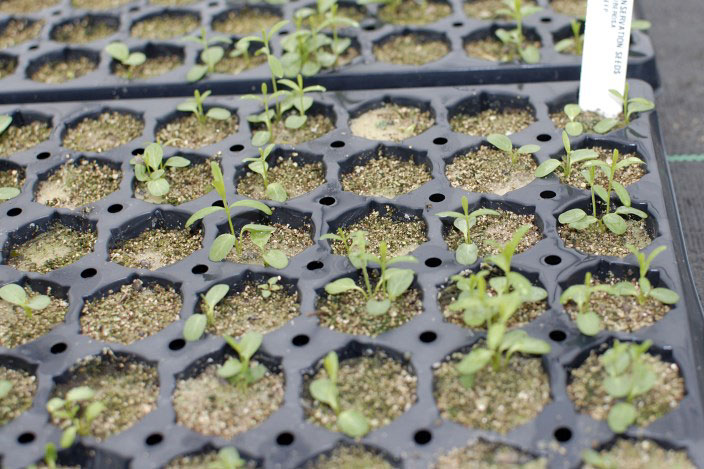
Read Full Document Under favorable growing conditions (warm soil, adequate moisture, and light), a fairly high percentage of milkweed seed in any given lot may not germinate immediately after planting. The reason the seed does not germinate is that there is an incorrect balance of two hormones within the seed, and this leads to a […]
Obstacles to a Successful Meadow Establishment
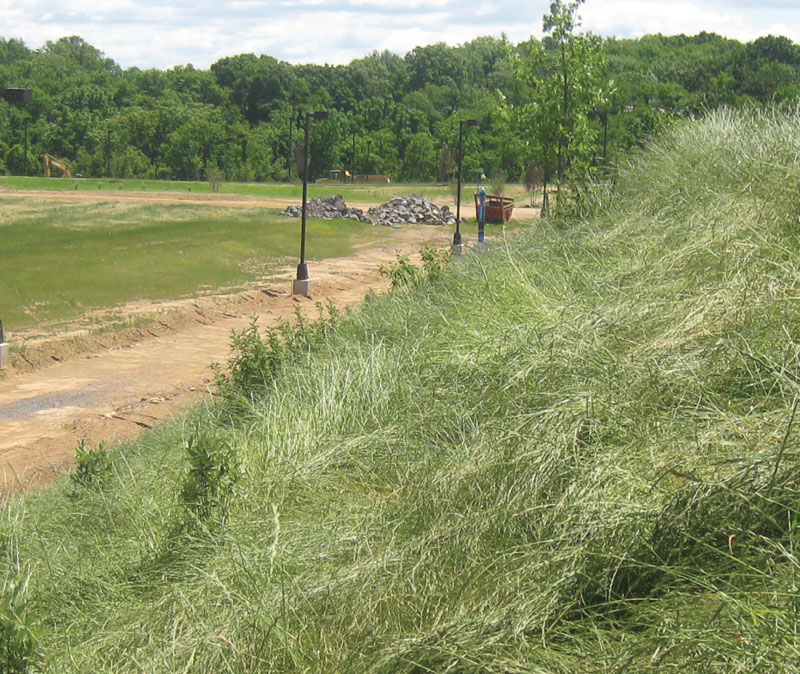
Read Full Document Stand failure caused by excessive application of Lolium Multiflorum (Annual Ryegrass). Over the past 20 years, we have had the opportunity to visit sites or see photographic evidence of many native meadows that failed to establish successfully. As a result, we have found some repetitive themes relating to these failures – site […]
Partially Shaded Sites Planting Guide
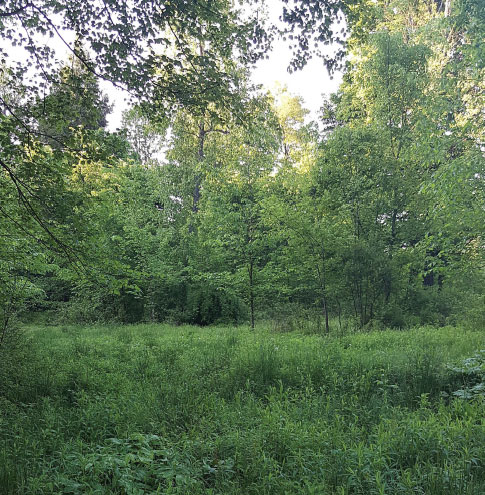
Read Full Document Partially shaded sites are characterized as having a relative lack of direct sunlight, typically caused by trees and shrubs that reduce their exposure. Examples: Woodland openings and sites associated with bioengineering installations. Woodland openings can be developed to provide crucial early successional habitat between old growth forests and adjoining grasslands. Habitat Fertility […]
Pollinator Mixes
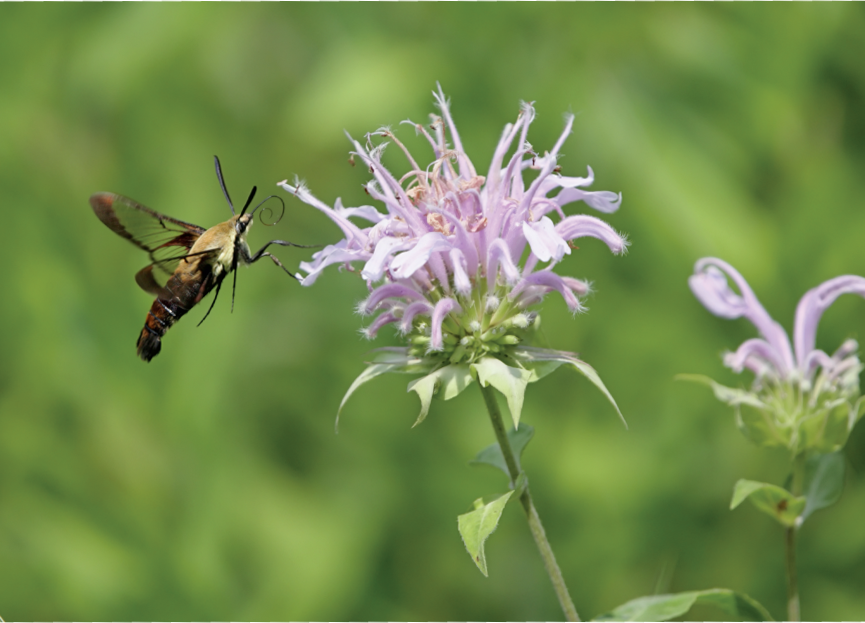
Pollinator Mixes Read Full Document A selection of seed mixes to helpRestore Honeybee & Native Pollinator Habitat Pollinators, including honeybees, monarch butterflies, andother native species, are essential to the world’s food supply,but their populations are declining at alarming rates.We offer a dynamic selection of native plant seedsto help restore vital habitat for imperiled pollinators. Northeastern […]
Pollinator-Friendly Sites Planting Guide
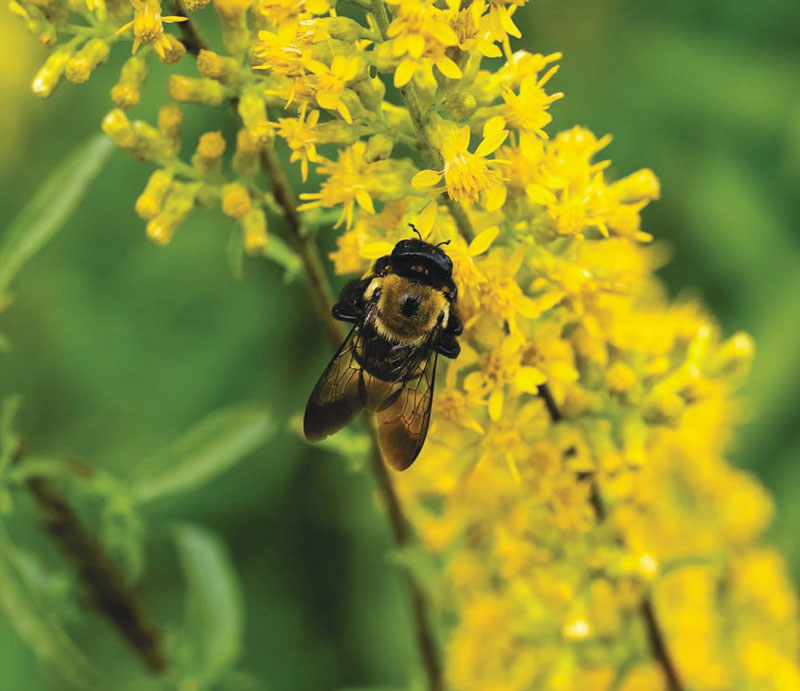
Read Full Document Pollinator meadows may be used to attract honeybees and more than 4,000 species of native pollinators in North America, including bees, butterflies, hummingbirds, and even some flies. Increased attention to the plight of such pollinators as honeybees and monarch butterflies by the government and private sector has spurred an interest in developing […]
Riparian Sites Planting Guide
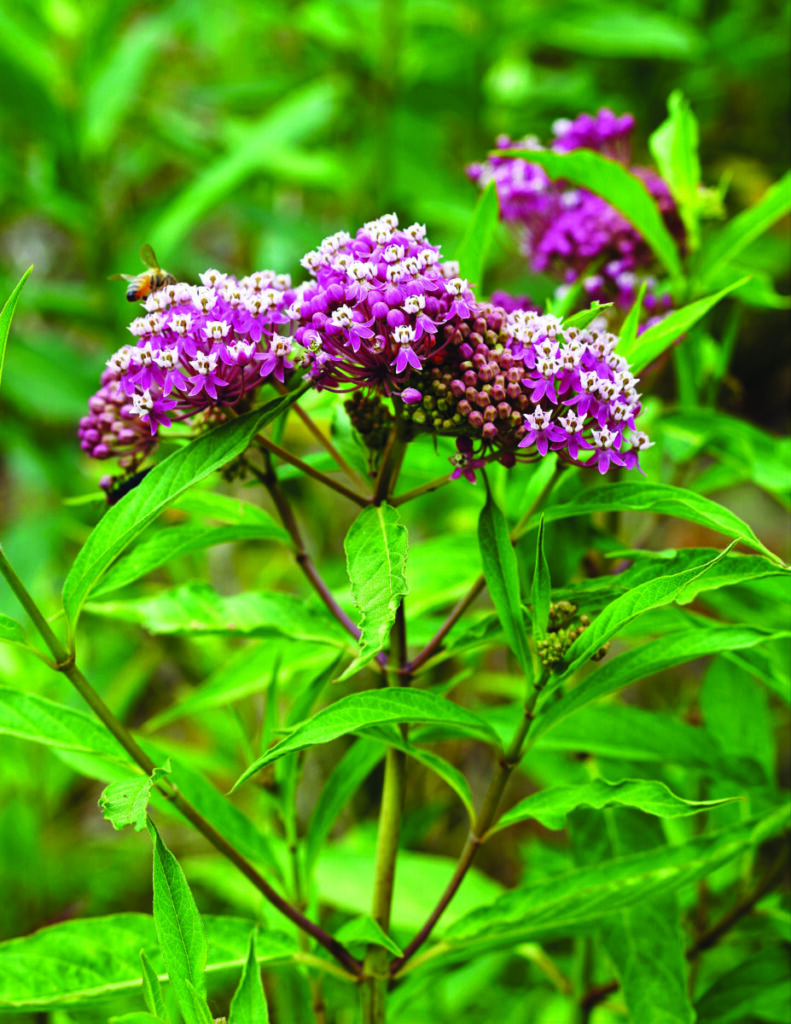
Read Full Document Riparian sites are usually adjacent to rivers and waterways with soils often containing clay, high amounts of organic matter, and/or saturated sand. Examples: River and streambanks or damp floodplains of rivers and streams. A riparian site with a streambank restoration planted mainly in Salix (Willow) species. Habitat Fertility Seeding Method Site Preparation Growing Season […]

